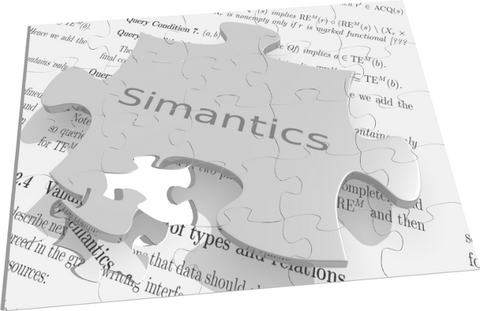Simantics End User Documentation: Difference between revisions
| Line 55: | Line 55: | ||
=== [[Ontology Development]] === | === [[Ontology Development]] === | ||
* [[Ontology Development#Ontology Development | |||
** [[Ontology Development# | * [[Ontology Development#Introduction to Simantics Layer 0|Introduction to Simantics Layer 0]] | ||
* [[Ontology Development#Ontology Development Perspective|Ontology Development Perspective]] | |||
* [[Ontology Development#Class development|Class Development]] | |||
* [[Ontology Development#Property Development|Property Development]] | |||
* [[Ontology Development#Datatype Development|Datatype Development]] | |||
[[Tutorial: Ontology Development]] | [[Tutorial: Ontology Development]] | ||
Revision as of 19:06, 29 July 2010

Simantics is a software platform for modelling and simulation. The system has client-server architecture with a semantic ontology-based modelling database and Eclipse framework -based client software with plug-in interface. The Simantics platform and many of its components are open source under Eclipse Public License EPL.
The philosophy of the Simantics platform is to offer an open, high level application platform on which different computational tools can be easily integrated to form a common environment for modelling and simulation. The platform includes several modelling tools, so-called editors, for e.g. 2D graph-like hierarchical model composition and semantic graph browsing.
One of the biggest innovations in the Simantics platform is the semantic modelling approach itself and high-level ontology tools. The data triple engine on the server side enables high performance data management and arbitrary mapping of data. This enables e.g. efficient mapping of simulation and measurement data to the model configuration and its visualisation.
The Simantics development and maintenance process is built solid and scalable from the very beginning. The objective is to aim far to the future what comes to requirements for scalability, usability, and reliability.
Getting Started with Simantics
- Simantics Installation Instructions
- Getting Started with Simantics
- Introduction to Simantics Concepts and Conventions
Tutorial: Simantics Platform User Interface
Project Management |
Discrete Event System Modelling |
System Dynamics Modelling |
Ontology Development |